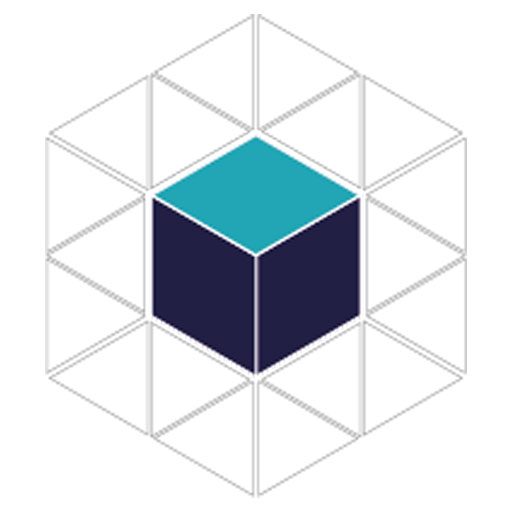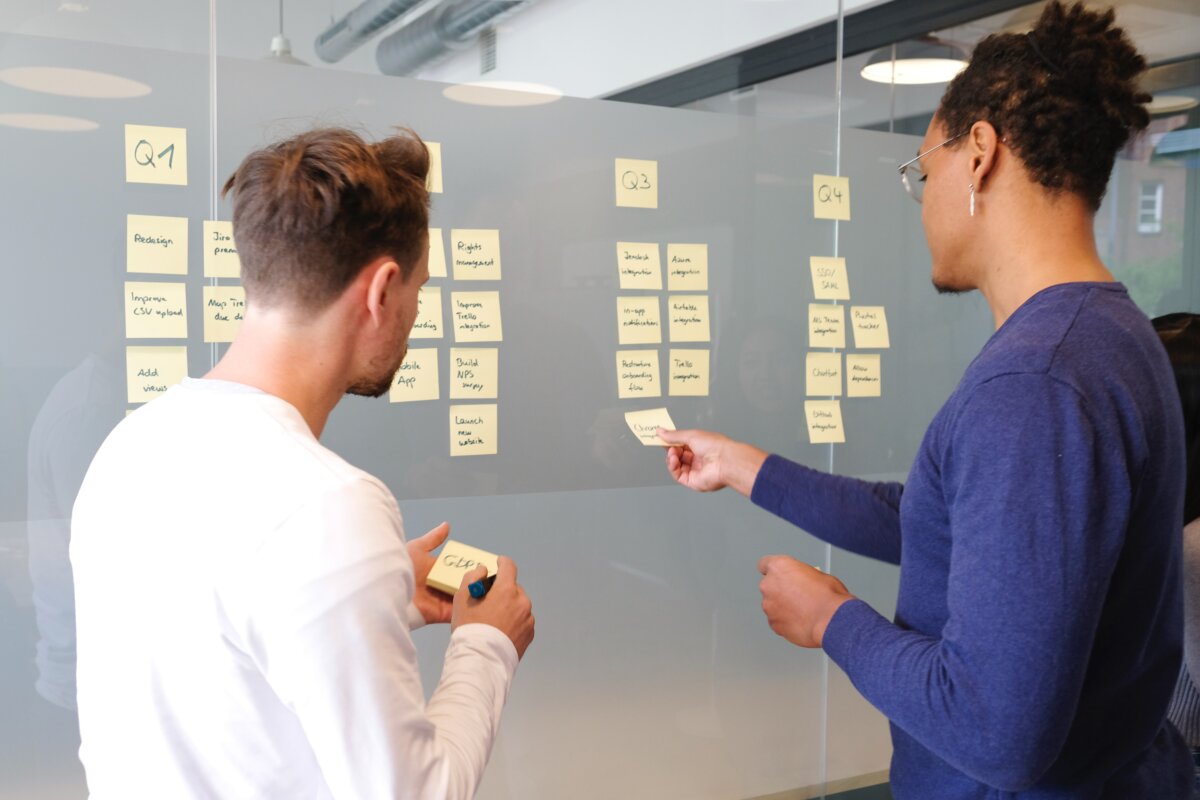In Scrum, there are various activities, such as the Product Backlog Refinement. But how do you refine the backlog, who should be involved, and when do you estimate the time and story points?
What is the Product Backlog Refinement?
During the backlog refinement, the product owner and the development team review the individual tasks in the backlog. The goal is to ensure that the backlog contains the correct tasks and that they are prioritized.
It also aims to ensure that:
- Every team member understands every task in the same way
- The team did estimate the effort of every task
- The team did prioritize the tasks
Product Backlog Refinement takes place regularly, but can also be done as an ongoing activity.
For example, you can do the following in this meeting:
- Adding new user stories, if necessary
- Removing user stories that you don’t need anymore
- Estimation of stories and assignments
- Correction of estimates when new information has come up
In summary: Backlog Refinement is intended to create a common understanding of what needs to be done, how much effort this will be, and in what order the tasks will be completed.
Read our blogpost 5 tips for agile teams to become a better team.
Why is it Important?
If there is no common understanding of this, there is a risk that you either implement the wrong thing, the effort will be expended that would not have been necessary, or the implementation will have to be reworked.
If the classification of individual tasks is not taken into account, then the items with high value and high cost may be overestimated and others underestimated. Prioritization is important so that you do not work on less important items and overlook more important ones.
Furthermore, it is important to perform a Product Backlog Refinement to improve the efficiency of the Sprint Planning Meeting, because many questions can be clarified at this point. The Product Backlog also remains organized, tidy, and only filled with relevant tasks, so you do not have the feeling of being overwhelmed by the tasks.
In this way, you can create a common understanding within the Scrum team and for the stakeholders.
Benefits
Refinement ensures that you only have relevant and detailed tasks in the backlog. These are assigned priorities and correspond to the current goals of the project or product. The advantage here is the dynamic nature of the backlog. You don’t need to break down all user stories into small parts and estimate in detail right at the beginning, thus you get more flexibility.
Product Backlog Refinement Checklist for the Product Owner
A product owner should use this time to refine the features and user stories, the product vision, and everything related to building your product roadmap and plan ability. Depending on where you are in your schedule in each refinement meeting, you will tackle a different topic.
These are the most important checklists that a Product Owner should prepare for the Product Backlog Refinement:
- Prepare the context of the product: Vision, stakeholder understanding, expectations, strategy, product milestones, investor expectations, product benefits, business model.
- Create the product roadmap: Show how the features and user stories fit into the product roadmap
- Work with the scrum master to set the schedule for the meeting
- Define goals
- Prepare drafts, data, and examples for each user story that requires it
- Write the user stories and features before the refinement meeting
- Assign the user stories to a release
- Share the release plan and impact of the next release with the team
- Understand the team velocity
How Long Should the Backlog Refinement Take?
Product Backlog Refinement should not take more than 1-2 hours in a Sprint. However, it should not take more than 10% of the development team’s capacity, and the product owner can invest as much time as necessary.
Looking for Expert IT Solutions?
Subscribe to Our Newsletter for Exclusive Tips and Updates!
Stay ahead of tech challenges with expert insights delivered straight to your inbox. From solving network issues to enhancing cybersecurity and streamlining software integration, our newsletter offers practical advice and the latest IT trends. Sign up today and let us help you make technology work seamlessly for your business!
This post was published on 8. March 2022

